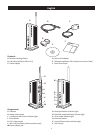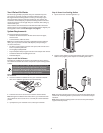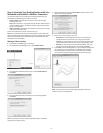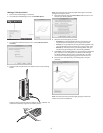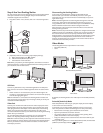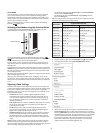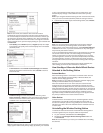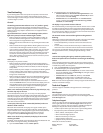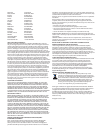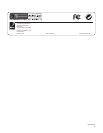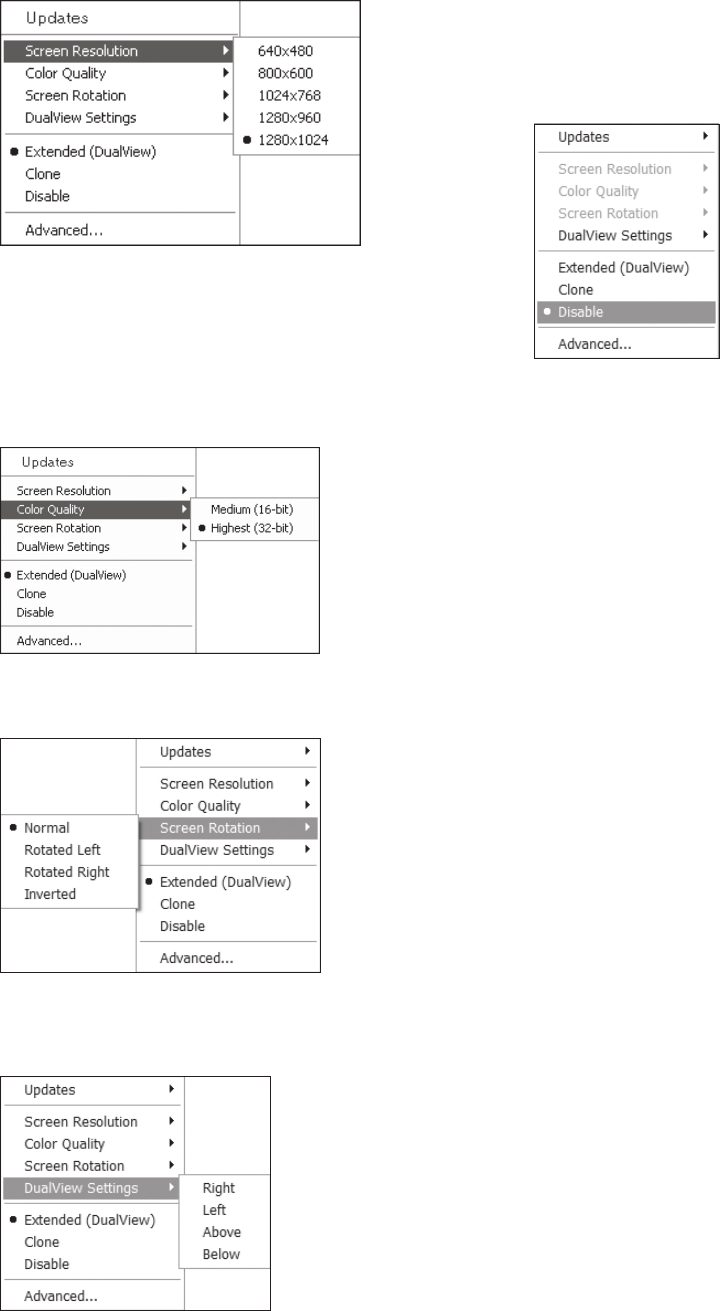
8
9
Note: In Clone mode, the resolution of the external monitor is
automatically set to best match the resolution of the notebook screen.
Youcannotmodifytheresolutionoftheexternalmonitor;however,you
can change the resolution of the notebook screen, which automatically
adjusts the resolution of the external monitor. To change the resolution
of your notebook screen, open the Display Settings on your notebook and
click Advanced.
• Color Quality: Select Medium(16-bit)orHighest (32-bit) color depth
to change the color quality of the external display when in Extended
(dualview) mode.
• Screen Rotation: Select Rotated Left, Rotated Right, or Inverted to
rotate the view of the external monitor. Select Normal to return to
the normal view.
• DualView Settings: For Extended (dualview) mode only, select
Right, Left, Above, or Below to specify the position of the display on
the external monitor relative to the position of the display on the
notebook screen. The default is Right.
Note: The DualView Settings option you select for the external monitor
display applies relative to the primary display. By default, your notebook
screen is considered the primary display. You can change this in your
Windows display settings so that a different monitor is the primary
display.
Note: If you change the DualView setting and then switch to Clone mode,
when you return to Extended (dualview) mode the setting is retained.
4 To deactivate the video output of the Docking Station, select Disable.
Note: You can also deactivate video output by pressing the dualview
button on the front of your Docking Station, as described in “Video
Modes,” above. To turn video output back on, select Extended (dualView)
or Clone from the menu, or press the dualview button. Any settings you
had previously selected are retained.
If you use multiple Docking Stations with a single notebook—for example,
one at work and one at home—the video settings for each Docking
Station are saved when you disconnect the notebook. So you can have
your Docking Station at work set up for Extended (dualview) mode while
your Docking Station at home is configured for Clone mode, and those
settings will be retained each time you use the Docking Station with your
notebook.
Likewise, if you use the Docking Station with multiple notebooks, the
video settings you enter for each notebook are maintained.
How Standby or Hibernate Mode Affects Devices
Attached to the Docking Station
External Monitors
When the Docking Station is connected to a notebook and an external
monitor,ifthenotebookgoesintoStandbyorHibernateMode,the
external monitor display goes blank.
Note: Depending on your notebook settings, the notebook might go into
StandbyorHibernateModewhenyouclosethelid.
When the notebook returns to an active state, the external monitor
display keeps the same settings it had before the notebook went into
StandbyorHibernateMode.However,iftheexternalmonitorwassetfor
Extended (dualview) mode, windows that were previously on the external
monitor do not move back to that secondary monitor. Also, if the external
monitor is in Extended (dualview) mode and the notebook requires a
loginafterStandbyorHibernateMode,theloginscreenappearsonboth
the primary notebook screen and the external monitor.
Other Devices
If another device is connected to a port on the Docking Station and the
notebookgoesintoStandbyorHibernateMode,thatdevicewillnot
function. For example, if you are using a USB port to connect an external
USB device, the device will not be available until the notebook returns to
an active state.
Uninstalling the Wireless Docking Station
To remove the video software driver and the Wireless Docking Station
instruction guide from your computer, follow the steps below.
1 On your notebook, click Start and select All Programs.
2 Navigate to the Kensington Wireless Docking Station folder and
select Uninstall.
Note: We recommend that you restart your notebook after uninstalling
the software.




